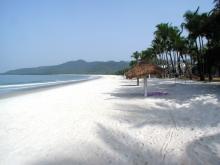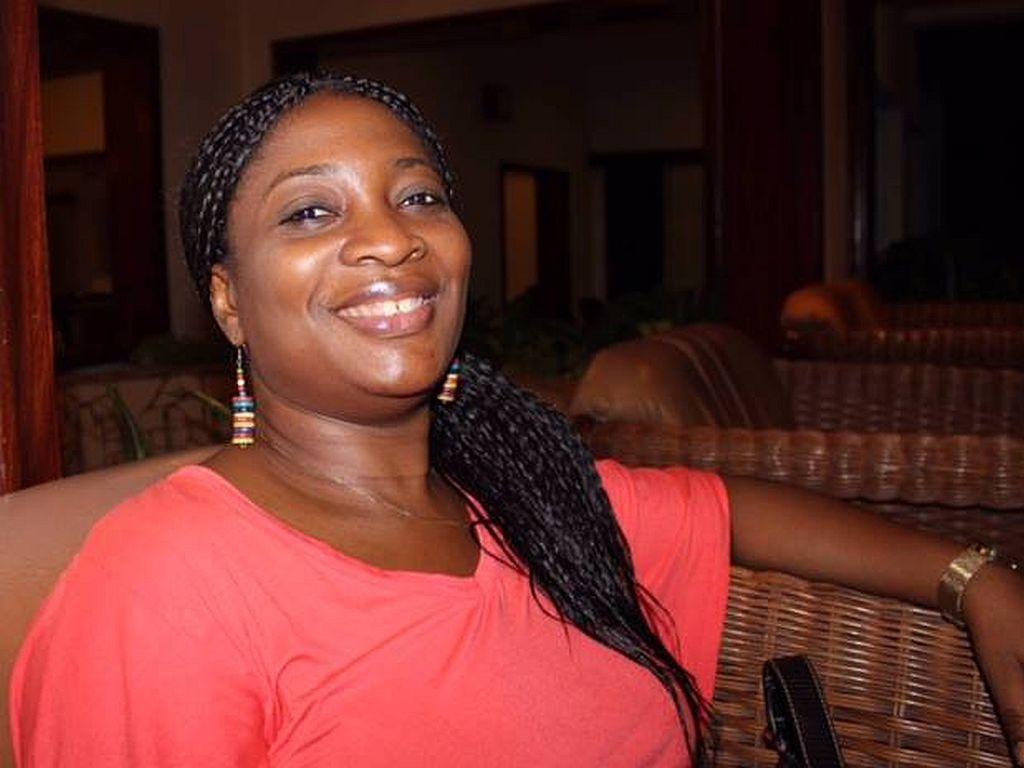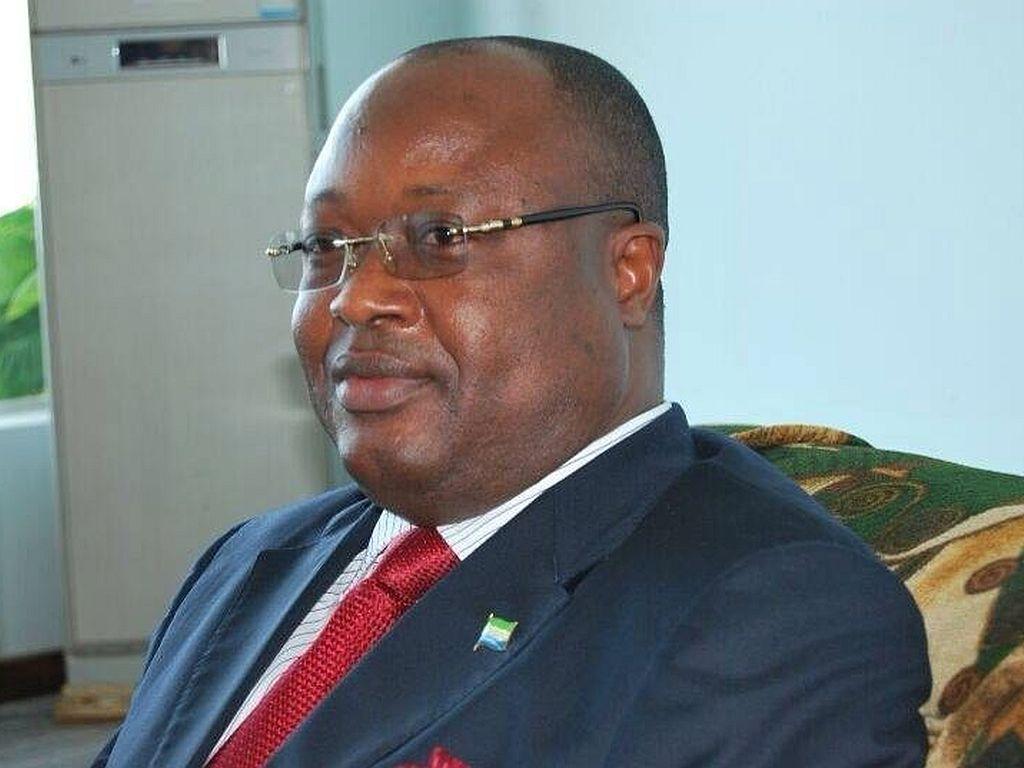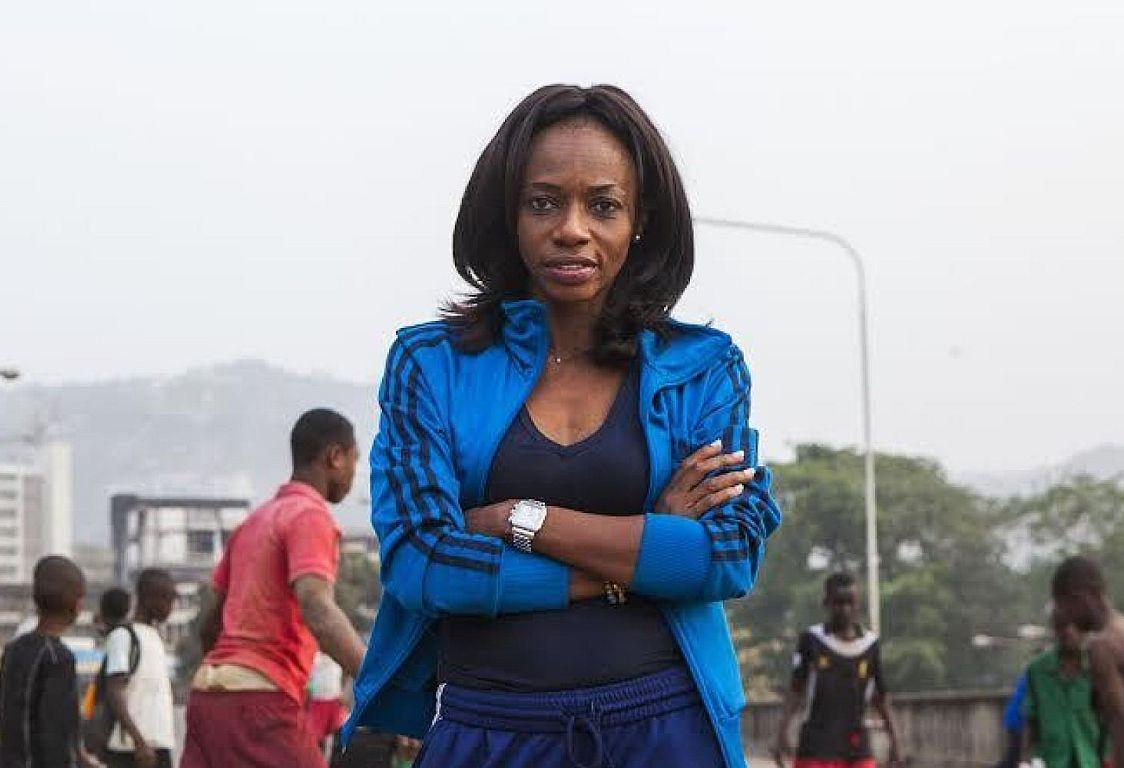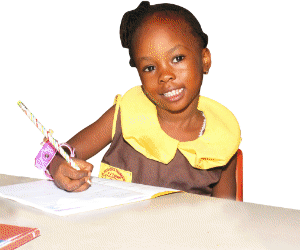By Tanu Jalloh
Sierra Leone’s post war economic recovery process could not be said to be even, in terms of policy approaches that seek to bring along the needs of the whole country. Hence successive governments have grappled, and still do, with the perennially insurmountable challenge of inequality and unevenness in access to economic opportunities and wealth creation across the board.
Those are my frank observations. A reason I put forward to make more sense of that conclusion is informed by a brief thematic study of the recovery process that was, for the most part of the last five years, centred on the implementation of the elapsed Agenda for Change. In particular it was the single most popular direction of the said joint UN vision for Sierra Leone between 2009 and 2012.
“We estimate that the total resources required for implementing our Joint Vision over the four years will be US$ 349 million, of which we would require US$ 204 million (59%) in new funding,” the UN said in its vision statement. In particular those funds were meant to decentralize the country’s economic recovery process at the time.
The impression was, and still is, that Freetown is everything. I mean the hub of everything. From the provision of social amenities by the central government to its penchant to appease the elite few who create and sustain pressure on its structures and leadership; and from participating in national politics to controlling and maintaining the country’s economy decisions and are made and taken in the capital city with the city in mind. We still have not had or held any representative national conversation and serious debate around issues peculiar to some of the government’s seemingly fragmented regional development agendas.
The second of “one & four priorities” of ‘A Joint Vision of the United Nations’ Family to support Sierra Leone’ put together by its Integrated Peacebuilding Mission, United Nations Country Team and released in Freetown on 30 May, 2009, was “Integrating rural areas into the national economy”. If the country’s economic recovery process hadn’t been found to be uneven and discriminatory, policy wise, there wouldn’t have been the need to suggest or even provide a somewhat subtle alternative direction.
You would agree with me that over 70% of the implementation of projects in the Agenda for Change was meant to address the needs of urban residents for obvious political reasons but also because those who implement them stand to benefit directly. The street lights, the roads, electricity, pipe borne water, security, the free health care in particular and improved accessible health care delivery facilities in general.
While the UN thought that integrating rural areas into the national economy was key from the point of view of a stable country, Christi Freeman (March, 2008) who wondered “why post-conflict peacebuilding and reconstruction in Sierra Leone has failed to bring stable peace” was apparently addressing issues in the emergency phase, the first of three in the country’s transition after the war, was concerned about future peacebuilding and reconstruction efforts.
“Reintegration projects cannot provide a short-term fix, but must work within the existing economic framework to provide employment that will make lasting contributions to individuals' livelihoods. Schools can be rebuilt, but will remain empty unless funds are allowed to be used for teacher salaries and materials. Many lessons can be discerned from the failures of Sierra Leone.” He made reference to inequality, even if impliedly, and the UN’s was expressly put. Economic inequality between urban and rural settings in the country impeded recovery generally.
A May 2009 Economic Recovery Assessment of Sierra Leone commissioned by the United States international development agency, USAID discovered that: “As in many developing countries, the high incidence of poverty in Sierra Leone is aggravated by inequality in income distribution. Seventy-three percent of poverty in Sierra Leone is concentrated in rural areas, which make up 66 percent of the population. Furthermore, the top 10 percent of the population with the highest income contribute to 30 percent of the country’s consumption expenditure, while the poorest 10 percent account for just 2.7 percent. In 2003, only 6.5 percent of national income trickled down to the poorest 20 percent of the population. This level of income inequality in a country that has abundant mineral resources is fuel for public dissent and a possible return to civil conflict.”
The same month in the same year, the UN observed that: “The continuing gap between the urban and rural society of Sierra Leone remains worrying. Rural marginalization, urban migration and in particular the divide between Freetown and Sierra Leone’s provinces are all contributing factors to a deteriorating social climate.”
However, it also expressed hope that the country’s abundant water and land resources and with about 70% of its population living in rural areas, meant that there were preconditions to attaining food self-sufficiency and to be able to produce more to become a regional food exporter. A major initial intervention therefore would be to support President Ernest Bai Koroma’s national priority of developing the agriculture sector.
“We want to contribute to helping increase access by the rural poor to markets and social services, and to justice and information, in an effort to widen their economic and social opportunities. We intend to conduct a variety of programmes and projects that are designed to increase local food production and better integrated farming methods, including the use of improved seeds and better marketing. We also want to facilitate the introduction of appropriate technologies for food processing through rural growth centers and rural youth education and training,” the UN stated.
It concluded that “Economic and Social Integration of the Youth” could be part of the solutions to addressing the issue of inequality. It set itself some benchmarks by end of 2012 and by which time they, the Government and our international development partners, would have contributed to the improved economic and social integration of the youth, the biggest factor, in the country.
In line with the ‘Agenda for Change‘ a Joint Vision of the United Nations’ Family to support Sierra Leone’ was set out to achieve the following:
- Sierra Leone’s youth find increasing opportunities to contribute to the growth of the nation as stakeholders that participate fully and constructively in the political fabric of the country without resorting to political violence;
- Sierra Leone’s youth are given greater national representation that is championed by the National Youth Commission that helps promote, sponsor and oversee youth employment and empowerment programmes throughout the country;
- Sierra Leone’s youth can benefit from a national public works programme that is designed to absorb at least 200,000 young men and women in public works projects such as feeder road construction, urban and rural improvement projects, water and sanitation projects, etc.;
- Sierra Leone’s youth can benefit from a national youth empowerment programme that provides focused basic education and market demand driven vocational training programmes as well as programmes for sports, public song festivals and other social and cultural events;
- Sierra Leone’s youth can benefit from a public–private sector cooperation scheme that provides a channel for the private sector to play an increasing role in absorbing young men and women in long term gainful and decent employment;
- Sierra Leone’s youth can benefit from a national service scheme for university graduates that absorbs at least 5,000 young men and women with university degrees in central and local Government administrations;
- Sierra Leone’s youth can benefit from a scheme for young entrepreneurs, that provides easy access to Business Development Services such as administration and financial support for those young men and women that want to create their own small enterprise schemes.
The above are a quote from the Joint Vision of the UN family. Rate them above benchmarks over 98% and imagine how successful each of the above has been by assessing each of the seven over 14%. Mind you the youth factor is just one of several thematic issues for this study – the teething economic recovery process.
While you try to figure out which of the above were actually fully achieved, let me close by saying again that Sierra Leone’s post war economic recovery process could not be said to be even in terms of policy approaches that seek to bring along the needs of the whole country. Hence successive governments have grappled with the perennially insurmountable challenge of inequality and unevenness in access to economic opportunities and wealth creation across the board. Development partners have not helped either.
(C) Politico 22/10/13



